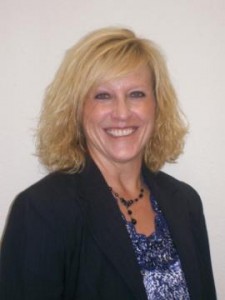By J. Larry Miller
The month of February continues and farmers are working on planting plans for this spring and before the end of the month, contracts must be signed for crop insurance on spring planted crops. We are having an informational meeting on Monday, February 18th concerning crop insurance. This is a breakfast at 7:30 AM here at the Farm Bureau building.
 Farmers across the Midwest and literally the world are attending the Louisville Farm Show this week to see the latest and greatest in farm machinery. We traveled there yesterday with a bus from our county and everyone enjoyed the event that continues thru Saturday. Thanks to Farm Credit for their support on this trip.
Farmers across the Midwest and literally the world are attending the Louisville Farm Show this week to see the latest and greatest in farm machinery. We traveled there yesterday with a bus from our county and everyone enjoyed the event that continues thru Saturday. Thanks to Farm Credit for their support on this trip.
Grain prices have trended lower the last few weeks as the negative news of the 2012 drought fades into history and buyers are hearing about the prospects of a large 2013 crop.
As predicted during the lame duck session, same sex marriage legislation has resurfaced in the 98th General Assembly as amendment #1 to SB 10. The Senate Executive Committee heard testimony by proponents and opponents, had a lengthy discussion, and inquiries were made by concerned legislators. After much debate, the bill passed the Executive Committee with a vote of 9 yes and 5 no. A vote could take place on the Senate floor as early as next week according to many sources and media reports. IFB opposes SB 10. The bill is on Third Reading in the Senate.
Farm Bureau’s position on a social bill like same sex marriages is a result of our policy that supports traditional marriages. Some question why a farm organization should be involved in such issues but this is a position that has been in our policy statement for many years and continues to be supported by our membership.
The persistent drought is taking a toll on producers of ethanol, with corn becoming so scarce that nearly two dozen ethanol plants have been forced to halt production. Twenty of the national’s 211 ethanol plants have ceased production over the past year, according to data provided by the Renewable Fuels Association to The Associated Press. A concern for farmers is that will these plants come back on line at some point to consume crops produced in the next few years.
Remember we are farmers working together. If we can help let us know.




